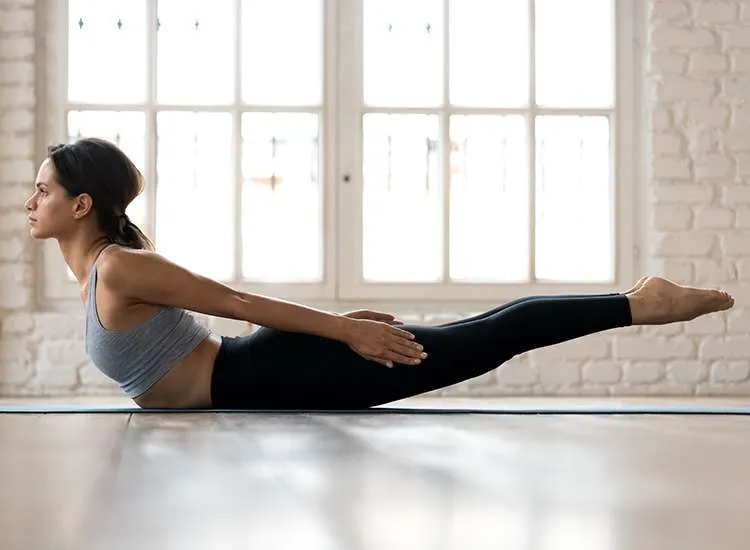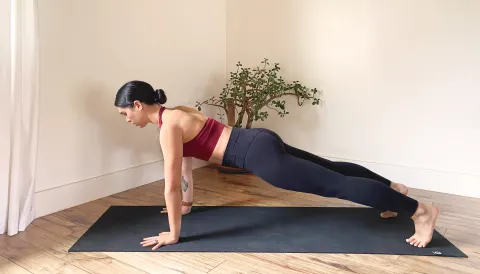Your core plays a vital role in every movement you make, from getting out of bed to running or even sitting at your desk. It’s not just about achieving a six-pack; it’s about developing the strength and stability to perform everyday tasks with ease and prevent injuries. Today, we will guide you through the 15 best exercises that will help you build a strong and stable core. Whether you’re a fitness enthusiast or just starting your fitness journey, these exercises are perfect for everyone.

Contents
- 1 15 Best Exercises for Core Strength
- 1.1 1. Plank
- 1.2 2. Side Plank:
- 1.3 3. Russian Twists:
- 1.4 4. Bicycle Crunches:
- 1.5 5. Dead Bug:
- 1.6 6. Bird-Dog:
- 1.7 7. Leg Raises:
- 1.8 8. Mountain Climbers:
- 1.9 9. Flutter Kicks:
- 1.10 10. V-Ups:
- 1.11 11. Plank Jacks:
- 1.12 12. Reverse Crunches:
- 1.13 13. Medicine Ball Slams:
- 1.14 14. Hollow Hold:
- 1.15 15. Turkish Get-Up:
- 1.16 Benefits of Having Strong Core Muscles:
- 2 Frequently Asked Questions
15 Best Exercises for Core Strength
Here are some of the best exercises that target your core muscles and help you develop strength and stability:
1. Plank
The plank is a foundational core exercise that activates nearly all the core muscles, including the abdominals, lower back, and obliques. It’s excellent for building endurance in both the core and lower back, enhancing posture and stability.

2. Side Plank:
A variation of the traditional plank, the side plank focuses more intensely on the obliques, hips, and sides of the core. It’s key for improving lateral core strength and stability, crucial for balance and side-to-side movements.
3. Russian Twists:
This exercise targets the oblique muscles and helps in rotating the torso. It strengthens the core muscles, improves rotational movement, and aids in the development of a stronger, more defined midsection.
4. Bicycle Crunches:
Bicycle crunches engage the rectus abdominis, hip flexors, and obliques. They mimic the motion of cycling, effectively enhancing coordination, flexibility, and core strength.
5. Dead Bug:
The dead bug exercise strengthens the core and improves spine stabilization, crucial for preventing lower back pain. It engages the deep abdominal muscles, promoting better posture and core stability.
6. Bird-Dog:
Bird-Dog focuses on the lower back and abdominals, improving balance, stability, and core strength. It’s also beneficial for enhancing coordination and spinal alignment.
7. Leg Raises:
Leg raises are potent in strengthening the lower abdominals, a region often neglected by other exercises. They’re crucial for core stability and can help in reducing lower back pain.
8. Mountain Climbers:
Mountain climbers are a dynamic exercise that boosts core strength, agility, and cardiovascular endurance. They target multiple muscle groups, making them an efficient workout for overall core conditioning.
9. Flutter Kicks:
Flutter kicks are a challenging exercise that targets the lower abdominals and hip flexors, enhancing core strength and stability, especially in the lower region of the core.
10. V-Ups:
V-ups are an advanced core exercise that targets the entire abdominal region, improving core strength, flexibility, and balance. They’re particularly effective in engaging both the upper and lower abdominals.

11. Plank Jacks:
Plank jacks combine the core stabilization of a plank with the leg movement of jumping jacks, increasing cardiovascular endurance while strengthening the core.
12. Reverse Crunches:
Reverse crunches focus on the lower abdominals, helping to build core strength from the bottom up. They’re especially useful for creating a strong, stable foundation for the spine.

13. Medicine Ball Slams:
This dynamic exercise not only builds core strength but also enhances power, coordination, and explosiveness. It engages the entire core, along with several other muscle groups.
14. Hollow Hold:
The hollow hold exercise strengthens the core, focusing on the deep abdominal muscles. It’s excellent for improving posture and core stability.
15. Turkish Get-Up:
The Turkish Get-Up is a complex movement that strengthens the entire core by challenging stability, coordination, and strength. It’s a full-body exercise that significantly improves core strength and functional movement.
Benefits of Having Strong Core Muscles:
Here are some key benefits of developing a strong core:
- Improved Posture: A strong core helps you maintain proper alignment and posture throughout the day. It supports the spine and reduces the likelihood of slouching or developing poor posture habits that can lead to discomfort and pain.
- Enhanced Stability and Balance: Strong core muscles act as stabilizers for your entire body. They help you maintain balance and stability during movement, whether it’s walking, running, or participating in sports. Improved stability can also reduce the risk of falls and injuries.
- Increased Strength and Power: A strong core serves as a foundation for other exercises and movements, enabling you to generate more power and strength in various activities. It enhances your performance in resistance training, athletics, and everyday tasks that require strength and power.
- Reduced Risk of Injury: Core strength is essential for protecting your spine and surrounding musculature from injuries. It prevents excessive strain on the back and reduces the risk of developing conditions like lower back pain and herniated discs.
- Better Functional Fitness: Building a strong core promotes better functionality and efficiency in your daily movements. Whether it’s bending, lifting, or twisting, a solid core provides the stability and support necessary for optimal movement patterns.
Frequently Asked Questions
Why is core strength important?
Core strength is crucial because it stabilizes your body, supports your spine, and enhances your overall fitness. A strong core improves posture, reduces the risk of injuries, particularly in the lower back, and enhances athletic performance by providing a solid foundation for all movement.
How often should I do core exercises?
For best results, aim to incorporate core exercises into your fitness routine 3-4 times a week. This allows adequate time for muscle recovery while maintaining consistent improvement in strength and stability. Remember, quality over quantity is key to effectively building core strength without risking injury.
Can core exercises help reduce back pain?
Yes, strengthening your core can significantly reduce back pain. Many back issues stem from a weak core, leading to poor posture and additional strain on the spine. Regular core exercises can improve spinal support, alleviate existing back pain, and lower the chances of future discomfort.

Hello, I’m Ravindra. Over the years, I’ve immersed myself deeply into the world of fitness and health, transforming both my body and mind. Writing has allowed me to share my journey, insights, and expertise with those just starting out and seasoned fitness enthusiasts alike. Beyond just routines and diets, I believe in inspiring others to adopt a holistic approach to well-being.
